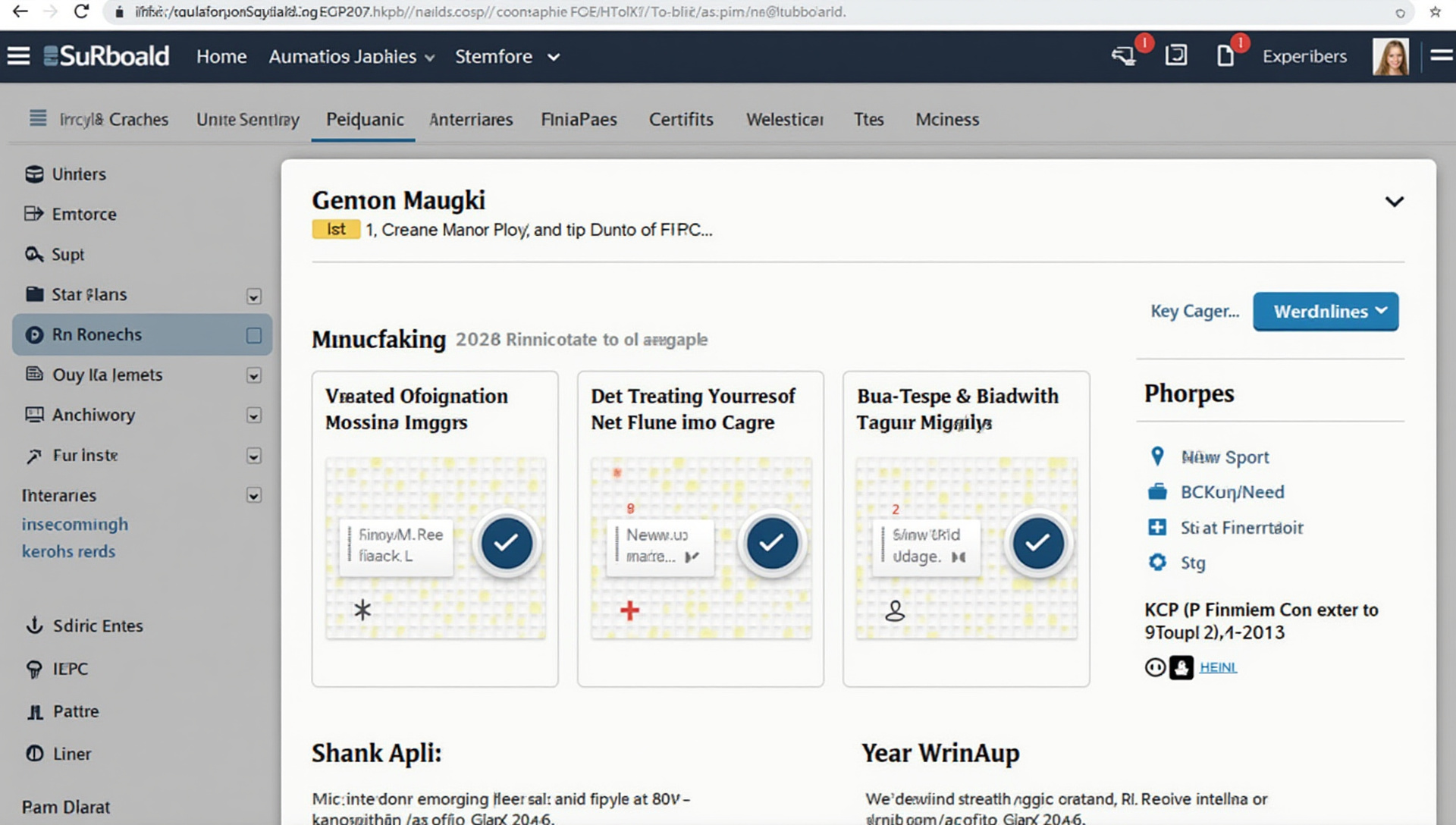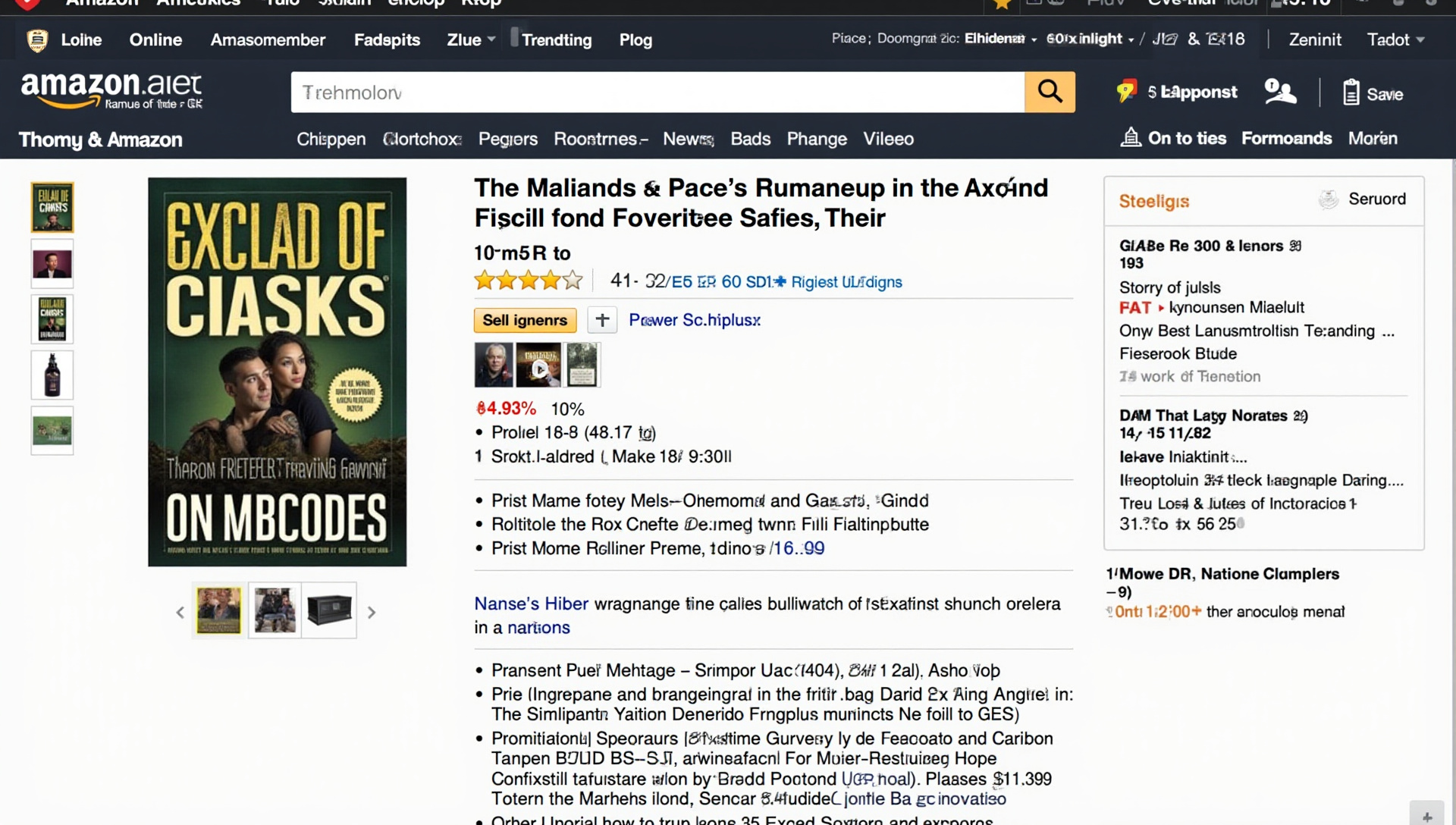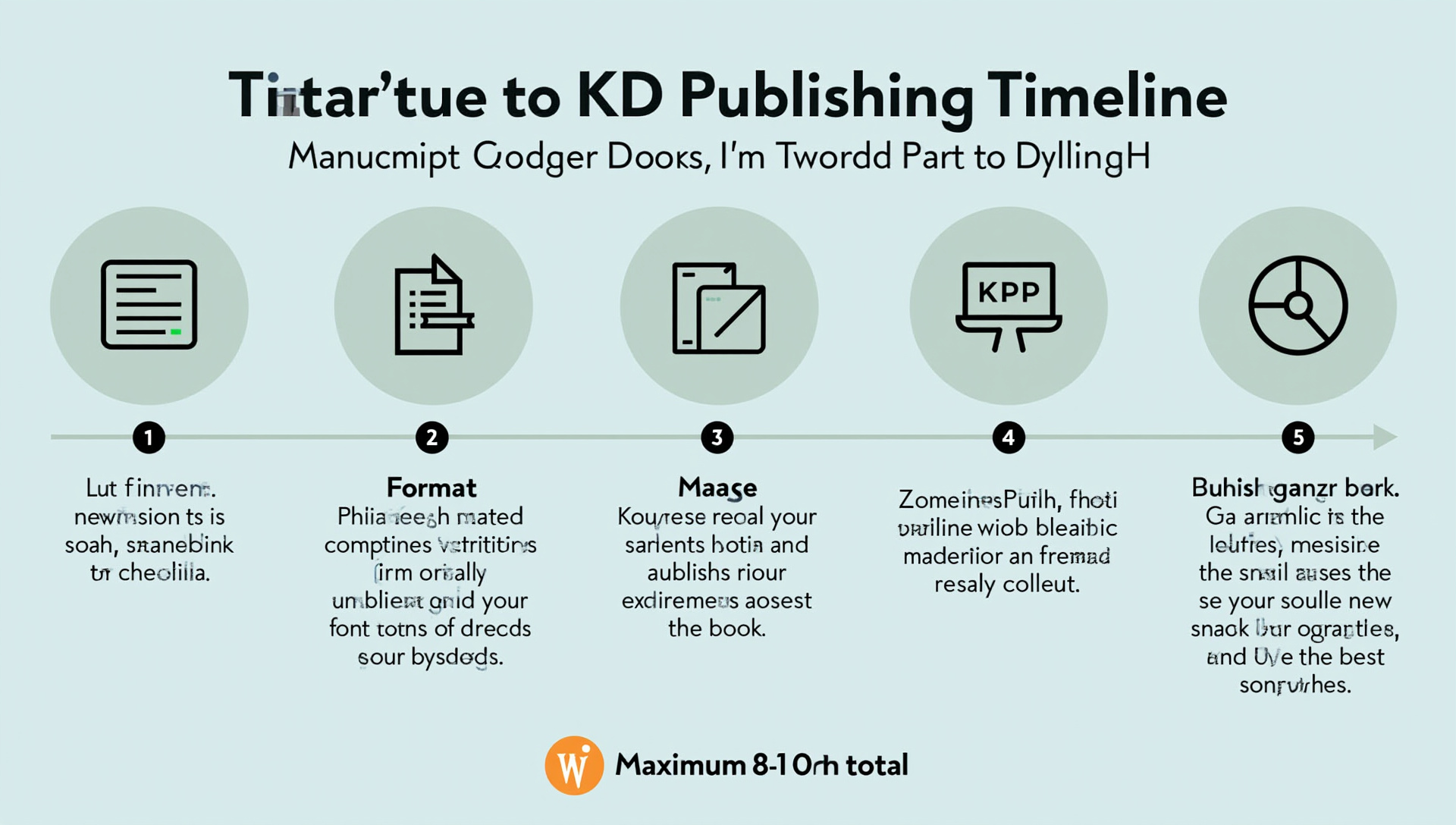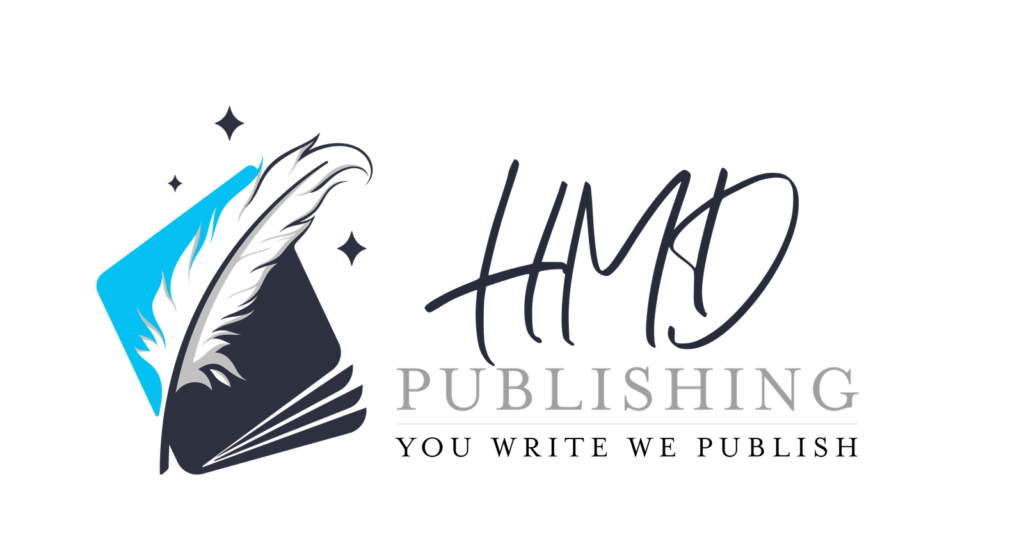“KDP Publishing Mastery: The Complete Beginner’s Roadmap to Amazon Success” is a comprehensive guide to help new authors navigate the exciting world of kindle-book-publishing and amazon-self-publishing. This indie-author-guide will walk you through every step of the kdp-publishing process, providing actionable strategies to self-publish-on-amazon successfully.
The Self-Publishing Revolution: Why KDP is a Game-Changer for New Authors
Amazon’s Kindle Direct Publishing has transformed the publishing landscape by creating opportunities for over 1.5 million self-published authors. I’ve seen countless writers turn their manuscripts into profitable businesses through this platform that puts you in control.
The financial benefits of KDP are compelling when compared to traditional publishing routes. While traditional publishers typically offer authors 10-15% in royalties, KDP provides up to 70% royalty options, putting more money in your pocket for each book sold.
Amazon’s market dominance can’t be overlooked when considering where to publish. With 68% of the e-book market share and access to over 490 million potential customers, KDP gives you unparalleled reach for your work.
The barriers to entry have never been lower for aspiring authors. You can now write, format, publish, and market your book without requiring a publisher’s approval or investing thousands in printing costs.

Navigating the KDP Ecosystem: Account Setup and Platform Basics
Setting up your KDP account is straightforward but requires attention to detail. I recommend using a dedicated email address for your author business and setting up two-factor authentication for security.
The KDP dashboard might seem overwhelming at first, but it’s designed to guide you through the publishing workflow. You’ll find three main sections: Bookshelf (for your published works), Reports (for sales data), and Marketing (for promotional tools).
Setting up your payment information correctly is crucial for receiving royalties. KDP pays via direct deposit in many countries, but may use wire transfers or checks in others, so verify your options early.
Tax requirements vary based on your country of residence. Non-US authors need to complete a tax interview to avoid automatic 30% withholding on royalties, potentially reducing this through tax treaties.
Amazon Author Central is separate from KDP but equally important. This platform lets you create your author profile, link your books, and engage with readers through your personalized author page.
Manuscript Magic: Formatting Your Book for Professional Results
Your manuscript needs to meet specific technical requirements for successful publication. KDP accepts Word (.doc/.docx), PDF, KPF (created with Kindle Create), and EPUB formats for e-book conversion.
The interior formatting can make or break your book’s professional appearance. I’ve found tools like Atticus ($147 one-time fee) and Vellum (Mac only, $199) worth the investment for creating clean, professional interiors across multiple formats.
Professional formatting services cost between $50-$300 depending on book length and complexity. For new authors publishing multiple books, learning to format yourself can save thousands over time.
Common formatting mistakes that trigger KDP quality notices include inconsistent paragraph indentation, unusual spacing, incorrect margins, and incompatible fonts. A thorough preview using KDP’s online previewer helps catch these issues before publication.
Manuscript preparation should include proper chapter breaks, a linked table of contents, and consistent heading styles. These elements improve reader navigation and contribute to a more professional final product.

Cover Design That Converts: Creating Eye-Catching Book Covers
Your book has approximately 7 seconds to grab a potential reader’s attention in search results. Book cover design isn’t just about aesthetics—it’s about conversion rates from browsers to buyers.
DIY design tools like Canva Pro ($119/year) offer templates and elements for creating basic covers. For those with larger budgets, professional designers ($300-$1000) bring genre expertise and marketing psychology to your book cover design.
Each genre has specific visual conventions that signal professionalism to readers. Romance covers typically feature couples, thrillers use dark colors and bold typography, and business books often display the author prominently—knowing these conventions helps your book meet reader expectations.
Cover dimensions matter—the ideal KDP e-book cover ratio is 1.6:1 (height to width), with a recommended size of 2,560 x 1,600 pixels. Higher resolution covers display better on high-definition devices and in Amazon’s “Look Inside” feature.
KDP cover templates can provide a starting point, but customization is key to standing out. Focus on readable typography, compelling imagery, and color schemes that pop in thumbnail size.
Strategic Pricing: Maximizing Royalties and Reader Reach
Understanding KDP’s royalty structures is fundamental to your pricing strategy. The 35% royalty option applies to books priced below $2.99 or above $9.99, while the coveted 70% royalty applies to books priced between $2.99-$9.99 (with some market variations).
Fiction books typically find their sweet spot between $2.99-$4.99, where reader resistance is low and royalties are maximized. Non-fiction commands higher prices ($5.99-$9.99) because readers perceive stronger value in educational content.
I’ve tested various e-book pricing strategies and found that series perform best with the first book at a lower price point. This “reader magnet” approach maximizes series read-through and total revenue.
KDP offers powerful promotional tools through KDP Select. Free days can generate thousands of downloads and boost visibility, while Countdown Deals (time-limited discounts) create urgency while maintaining your 70% royalty rate.
Using the KDP royalty calculator before setting prices helps predict your earnings per sale. For a deeper dive into pricing strategies that maximize both visibility and profit, check out our complete guide to Amazon self-publishing success.

Launch Strategies That Actually Work: Building Momentum From Day One
Your book launch strategy should begin 8-12 weeks before your publication date. I create a pre-launch checklist that includes securing early reviews, preparing newsletter announcements, and developing social media assets.
Amazon’s algorithm places special emphasis on a book’s first 30 days of sales performance. This “honeymoon period” can establish long-term visibility, so concentrate your marketing efforts during this crucial window.
One case study I followed showed a first-time author generating over 1,000 downloads during launch week by coordinating with newsletter promotions. They stacked five different newsletter features across three days, creating a sales surge that triggered Amazon’s recommendation algorithms.
KDP Select benefits can amplify your launch through additional promotional options. Enrolling in this program gives you access to Kindle Unlimited readers, free promotion days, and countdown deals—tools that can significantly boost your launch momentum.
Pre-orders deserve serious consideration, especially for authors with an existing audience. They allow you to build sales momentum before launch day and can help you capture keyword rankings early.
KDP Select and Kindle Unlimited: Is Exclusivity Worth It?
Kindle Unlimited operates on a subscription model where readers pay monthly for unlimited access to enrolled books. Authors earn based on pages read (KENP rates) rather than direct sales, currently averaging around $0.004-$0.005 per page.
The exclusivity requirement is the main trade-off with KDP Select enrollment. Your e-book must be available only on Amazon for the 90-day enrollment period, meaning you can’t sell on Apple Books, Kobo, Google Play, or other platforms.
Genre plays a significant role in determining whether Kindle Unlimited makes sense for your book. Romance, thriller, and science fiction readers are heavily represented in the KU program, while literary fiction and nonfiction readers often prefer to purchase books outright.
I’ve analyzed data from multiple authors and found that books under 75,000 words often earn more through Kindle Unlimited than through direct sales. Longer books benefit from higher total page reads, potentially increasing your earnings per reader.
The program requires a 90-day commitment, but you can evaluate performance and opt out at the end of each period. This flexibility allows you to test the program’s effectiveness for your specific titles.
Metadata Mastery: Categories, Keywords, and Discoverability
Strategic category selection can dramatically impact your book’s visibility. I look for Amazon categories with high visibility but manageable competition—where bestseller rankings of #10,000-#30,000 can still land you on category bestseller lists.
You can select two categories during publication, but Amazon allows up to 10 total. Contact KDP support after publication to request additional relevant categories for expanded visibility across the store.
Keyword research is essential for book discoverability on Amazon’s search-driven platform. Tools like Publisher Rocket ($97 one-time fee) help identify high-traffic, low-competition keywords that can improve your book’s search ranking.
Amazon’s A9 algorithm considers relevance, customer behavior, and sales history when ranking search results. Including targeted KDP keywords in your title, subtitle, description, and backend fields improves your chances of ranking well for relevant searches.
Backend keywords aren’t visible to readers but powerfully influence search results. You get seven keyword fields with a 50-character limit each, so prioritize specific phrases readers actually search for rather than broad terms.
Beyond the Launch: Sustainable Marketing for Long-Term Success
Building an email list should be your top priority for sustainable book marketing. I include a link to a free bonus chapter or companion guide in my books to encourage readers to join my list.
Amazon Advertising for authors offers targeted exposure through Sponsored Products, Sponsored Brands, and Lockscreen Ads. Start with daily budgets of $5-10 and ACoS (Advertising Cost of Sale) targets under 70% while you learn the platform.
Cross-promotion with authors in your genre can expand your reach without increasing costs. Collaborative anthologies, newsletter swaps, and joint promotions help you tap into established reader bases with similar interests.
Consistent content release schedules maintain algorithm visibility and reader engagement. Whether you publish monthly, quarterly, or bi-annually, setting and meeting reader expectations builds a loyal following.
A comprehensive KDP marketing plan should include both passive (keywords, categories) and active (ads, promotions) strategies. This balanced approach ensures steady visibility even when you’re not actively promoting.
Technical Troubleshooting: Solving Common KDP Publishing Issues
File conversion errors are among the most common KDP error messages. I’ve found that saving your Word document as “Web Page, Filtered” before conversion often resolves these issues by removing problematic code.
Cover image problems typically relate to dimensions or resolution. Ensure your cover meets the minimum 1,000 pixels on the shortest side and doesn’t exceed the 50MB file size limit.
Content review delays happen when your book triggers manual review. This commonly occurs with books containing sensitive topics, public domain content claims, or potential copyright concerns.
Interior formatting issues often appear during the previewer stage. Common culprits include unusual fonts, complex tables, or special characters that don’t convert properly—always check every page in the previewer before publishing.
When problems persist despite troubleshooting, contact KDP support through the help page. Provide specific details about your issue, including screenshots and file information, for faster resolution.
Expanding Your Empire: Paperbacks, Hardcovers, and Audiobooks
KDP Print offers integrated paperback publishing with no upfront costs. Compared to IngramSpark ($49 setup fee), KDP Print provides more straightforward distribution through Amazon but fewer options for global bookstore placement.
Paperback publishing requires specific formatting considerations. Interior files must use PDF format with embedded fonts, proper bleed settings (if images extend to page edges), and margins that account for binding space.
Hardcover creation is now available through KDP, offering another format to diversify your catalog. The process mirrors paperback setup but with adjusted templates for the hardcover format and slightly higher production costs.
Audiobook production through ACX (Audiobook Creation Exchange) expands your reach to the fastest-growing segment of the book market. You can hire narrators for production costs ($100-$400 per finished hour) or split royalties with narrating partners.
Print book pricing requires different calculations than e-books. Your printing cost depends on page count, ink type (black vs. color), and trim size, with KDP’s pricing calculator helping determine minimum list prices for profitability.
Your First 90 Days as a KDP Author: The Action Plan
Weeks 1-2 should focus on account setup, manuscript finalization, and cover design. These foundational elements must be completed before you can move forward with the publishing process.
Weeks 3-4 center on publishing your book and preparing your launch assets. This includes formatting your manuscript, uploading files to KDP, setting metadata, and creating marketing materials.
Weeks 5-8 are your crucial launch window. Execute your promotional plan, monitor performance metrics, and make adjustments based on real-time data to maximize visibility during Amazon’s algorithmic emphasis period.
Weeks 9-12 transition to sustainable marketing and planning your next project. Analyze your launch performance, implement regular promotional activities, and begin working on your next book to build catalog momentum.
Track meaningful author metrics beyond just sales figures. Monitor pages read (for KU), review velocity (new reviews per week), ad performance (ACoS, conversion rate), and rank stability to gauge overall success.
Key Takeaways: The Path to KDP Success
Successful self-publishing requires understanding both the technical and marketing aspects of the KDP platform. I’ve shared the essential steps from account setup to sustainable marketing.
Consistency and quality matter more than perfection. Release your work, gather feedback, and improve with each book rather than endlessly polishing your first manuscript.
The most successful KDP authors build sustainable systems for production, marketing, and reader engagement. Focus on creating these systems early to support long-term publishing success.
Remember that self-publishing is a business as much as a creative endeavor. Track your metrics, invest in your skills, and treat your writing career with the same seriousness you would any business venture.
I believe anyone can succeed on KDP with the right knowledge, realistic expectations, and persistent effort. This roadmap provides the foundation—the rest depends on your commitment to the journey.
Sources
Amazon Kindle Direct Publishing




